Interest
Hideaki Anno Exhibit Tracks His Formative Influences and Lifelong Friendships
posted on by Kim Morrissy
For an exhibit about a singular creator, it's remarkable how much of the ongoing Hideaki Anno Exhibit in Tokyo is about the people and the stories that influenced Anno.
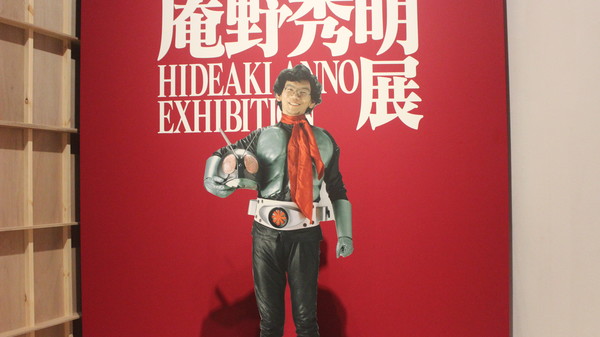
The exhibit explores Anno's life, from his childhood to his current doings, through the lens of media. It begins with the works of media that inspired Anno before moving onto the projects he participated in. The exhibit dedicates a relatively larger amount of space to Anno's career before the Evangelion series, with a thorough focus on his works as a student and the projects he participated in as an animator or storyboard artist instead of as the creative head.
The first part of the exhibit was filled with models of the props and mechanical designs that enchanted Anno's childhood. His most formative influences were tokusatsu (live-action special effects) properties like Kamen Rider and Ultraman. Born in 1960, his loves include titles that western sci-fi geeks of his generation can appreciate, like Star Trek and Thunderbirds. There was also a large section dedicated to Space Battleship Yamato.
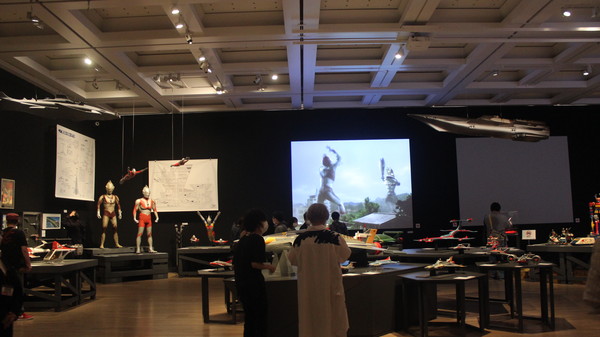
The next section displayed Anno's childhood art and student projects. His oil paintings as a junior high school student demonstrate his considerable aptitude for art, for which he won awards. Samples of Anno's early film-making attempts were also shown off here.

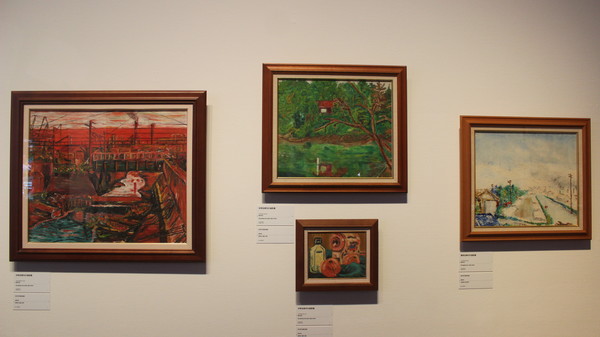

A large part of the exhibit was dedicated to the Daicon III and IV opening animation sequences, which he worked on when he was a student at the Osaka University of Arts. This was a major stepping stone in Anno's early career, because the high-quality work of those animations attracted the attention of industry professionals at the time, including Osamu Tezuka himself. This section not only includes the original production materials for the Daicon openings, but also other projects Anno worked on at the time. It is notable that this section represents drawings by other participants of the project, like character designer Takami Akai; their work was credited alongside Anno's.

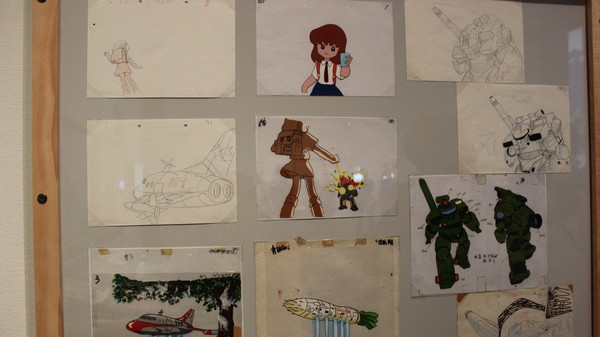
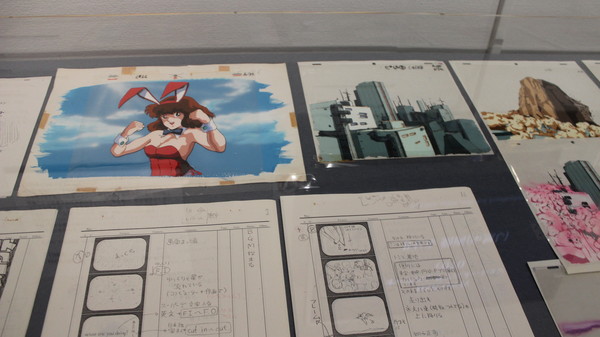
The section on Anno's early professional animation career was also heavy with references to other artists Anno worked with. However, there were certain iconic sequences attributed to him that were represented in detail, like his key animation on The Super Dimension Fortress Macross and Nausicaä of the Valley of the Wind. The Nausicaä section was particularly interesting because it included Hayao Miyazaki and Anno's memos from the time. Their friendship was keenly evident in the familiar way they wrote about each other.



Incidentally, this part of the exhibit also includes a section featuring Moyoco Anno's 2005 manga essay Insufficient Direction, which tells the story of how she and Hideaki met, as well as their married life together. (The two married in 2002.)

Anno made his directorial debut on Gunbuster in 1988, an OVA series which was made while Gainax was in dire financial straits. The exhibit amusingly described Anno in his early directorial career as a "pinch hitter," because he was a replacement director on Nadia - The Secret of Blue Water in 1990. This part of the exhibit thoroughly included the early pitch documents and designs for both titles.


The beginning of the Evangelion section was heralded a large NERV sign and an image of the iconic purple Unit-01. This section included design materials, not just for the characters and mechs, but for the various Angels and the locations.
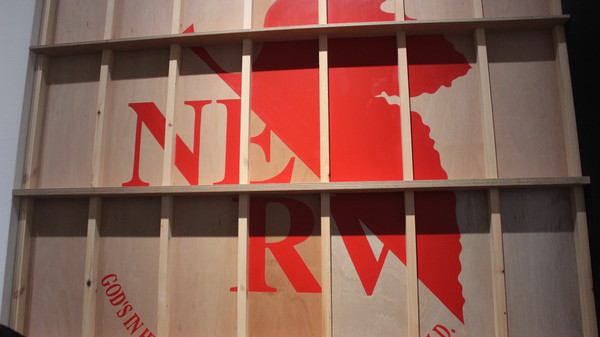
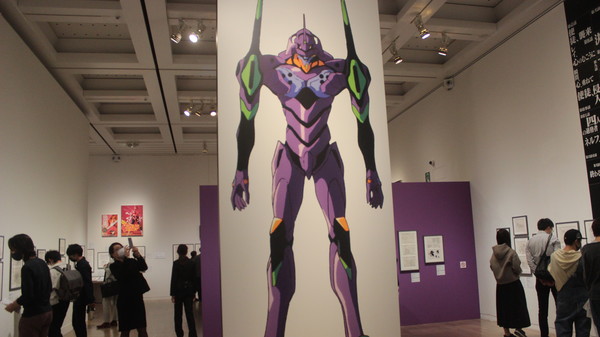
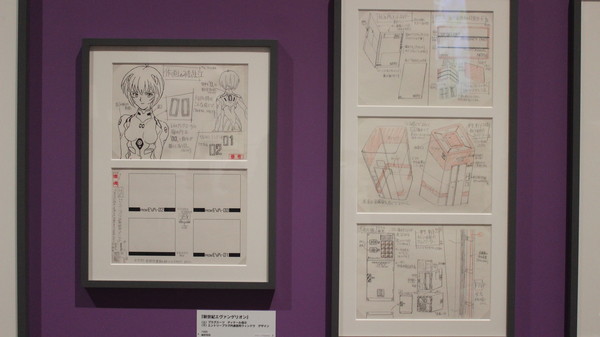
By this point, the Evangelion TV series has been on exhibit many times, but this display was of particular interest because it included some of the very early designs and concept art for the series. As you can see, Anno had a very different vision for the mechs at first.

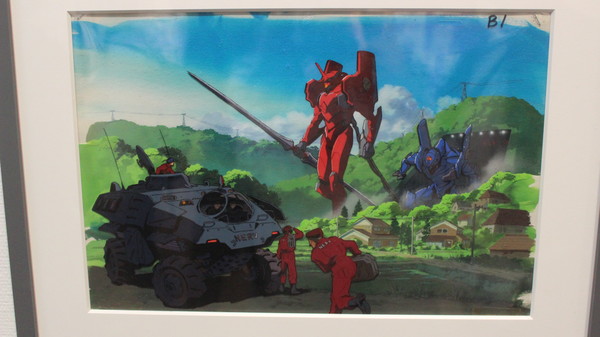

Anno's career post-Evangelion branched out beyond anime. The exhibit includes materials from two live-action films he directed, years before taking up the helm on Shin Godzilla (2016): Love & Pop (1998) and Cutie Honey (2004). Interestingly, this part of the exhibit even includes some of his lesser-known guest work, such as the The Invention of Imaginary Machines of Destruction anime short he directed for Studio Ghibli and his storyboards for a Sailor Moon episode.
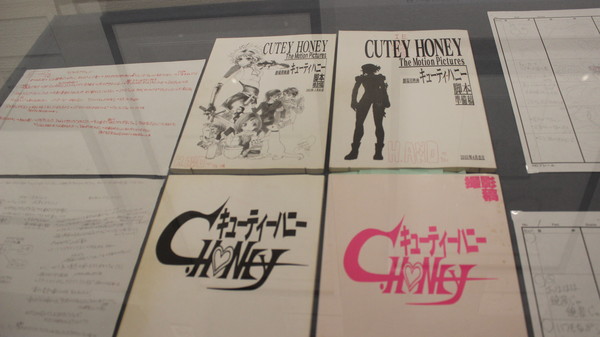


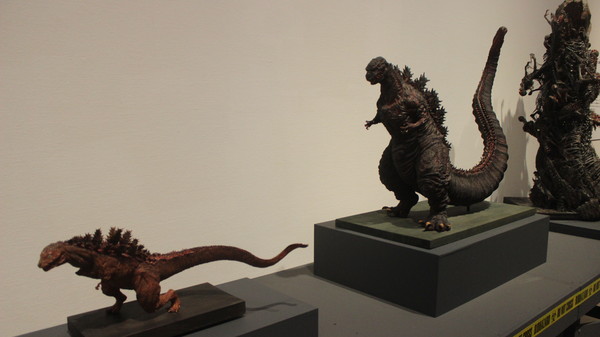
Despite spanning 15 years, Anno's work after founding Khara takes up a relatively brief part of the exhibit. Most of it is focused on art and production materials from Evangelion: 3.0+1.0: Thrice Upon A Time, although there were some designs and concept art from earlier films as well. The biggest showpiece is the model of the village depicted in the film, which was also used during production.
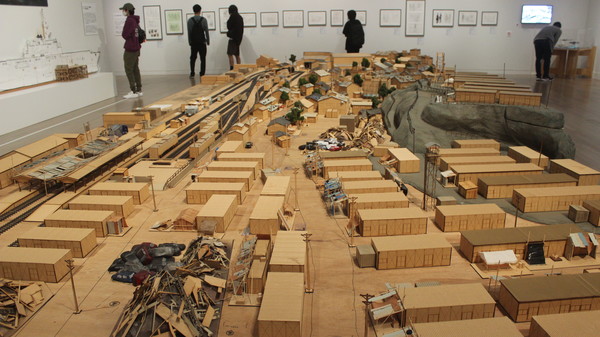
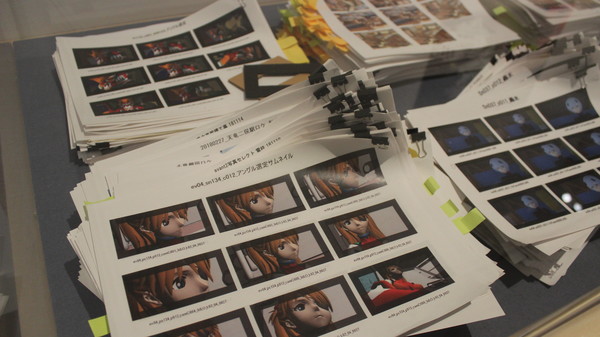

Finally, the exhibit touches on Anno's future with the Kamen Rider and Ultraman franchises. He is described as "giving back" to these franchises that inspired him in the first place, which ties a neat bow to the exhibit. There is also a little mention of his support of archival work with the Anime Tokusatsu Archive Organization (which supplied the tokusatsu props displayed in the exhibit), as well as the Deho Gallery background art studio, which he belongs to as part of the board of directors.
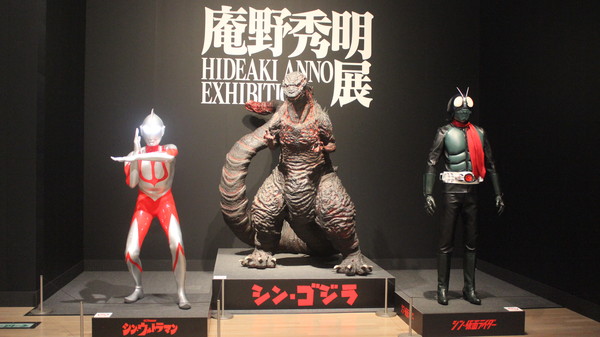
This was an exhibit filled with humility and appreciation for the work of others—even the museum shop at the end is a place to buy books and art materials produced by his friends and colleagues. Through visiting this exhibit, I feel like I came to understand Anno's outlook as a creator a little better, and it also functions as an invaluable time capsule of old-school otaku culture.
The exhibit will take place at the National Art Center, Tokyo until December 19. For a detailed career retrospective on Hideaki Anno up to 2021, check out ANN's documentary.